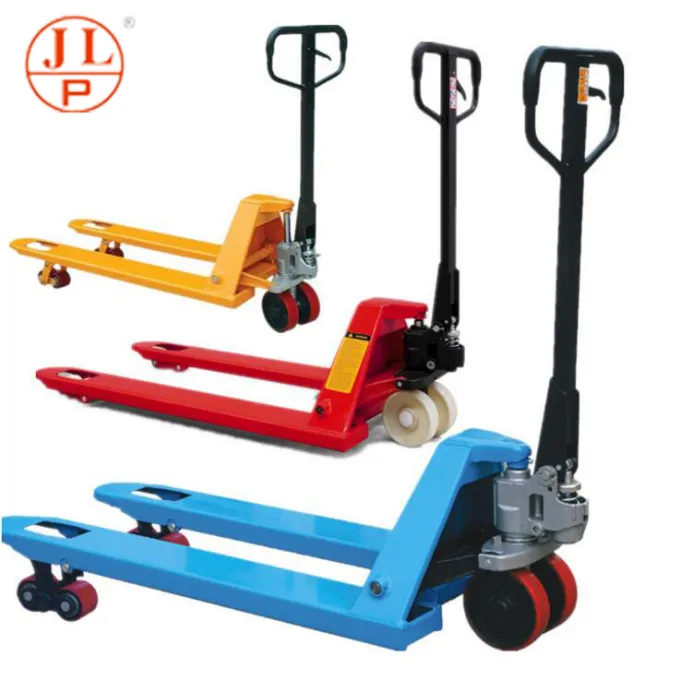


Understanding Fall Protection A Comprehensive FAQ
Fall protection is a critical aspect of workplace safety, particularly in industries such as construction, maintenance, and any sector that involves working at heights. Falls are one of the leading causes of workplace injuries and fatalities, making fall protection essential both for compliance with safety regulations and for the protection of employees. Below, we address some frequently asked questions regarding fall protection.
What is Fall Protection?
Fall protection is a set of systems and practices that are designed to prevent workers from falling or to minimize the consequences of a fall. This can include physical systems like guardrails, safety nets, and personal fall arrest systems (PFAS), as well as administrative controls such as safety training and hazard assessments.
Who Needs Fall Protection?
Any worker who is exposed to falls from height—generally defined as six feet or more—requires fall protection. This includes workers on rooftops, scaffolding, ladders, and elevated platforms. Specific regulations may vary by industry and location, but the objective is to ensure that any potential risks of falling are adequately managed.
What Are the Different Types of Fall Protection?
There are several types of fall protection strategies, including
1. Guardrails Barriers erected to prevent workers from falling over edges. 2. Personal Fall Arrest Systems (PFAS) Devices used to protect workers from falls, typically consisting of a full-body harness, connecting lanyard, and an anchorage point. 3. Safety Nets Installed below work areas to catch falling workers or materials. 4. Warning Lines Used to indicate areas where workers are at risk of falling. 5. Sloped Surfaces and Safety Training Programs to educate workers about fall hazards and the importance of using fall protection correctly.
What Are the Regulations Regarding Fall Protection?
In the United States, the Occupational Safety and Health Administration (OSHA) sets forth regulations for fall protection in the workplace. These regulations mandate that employers must assess the work environment, identify potential fall hazards, and implement appropriate fall protection measures. Specific standards may vary by industry, so it's essential to familiarize oneself with the relevant regulations applicable to your field.
How Do I Choose the Right Fall Protection Equipment?

Choosing the right fall protection equipment involves several steps
1. Assess the Risk Evaluate the specific hazards present in the work environment. 2. Consider the Tasks Understand the activities that workers will perform at heights. 3. Select Appropriate Equipment Depending on the assessment, choose suitable fall protection equipment. This can include harnesses, lanyards, and anchor points, tailored to specific tasks. 4. Ensure Proper Training Equip workers with the necessary knowledge and training to use the equipment safely.
How Often Should Fall Protection Equipment Be Inspected?
Regular inspection of fall protection equipment is crucial for safety. Equipment should be inspected before each use and undergo a more thorough examination by a competent person at least once a year. Any damaged or defective equipment should be removed from service immediately and replaced.
What Should I Do If a Fall Occurs?
In the event of a fall, it is critical to have an emergency response plan in place. The following steps should be taken
1. Assess the Situation Ensure it is safe to approach the fallen worker. 2. Check for Injuries If necessary, call for medical help. 3. Provide First Aid If trained, administer first aid as needed. 4. Report the Incident Document the fall, including the conditions and any contributing factors, and report it to the appropriate authorities.
How Can Employers Promote Fall Protection Awareness?
Employers can promote fall protection awareness by
1. Providing Training Regular training sessions can educate employees about fall risks and the correct use of fall protection equipment. 2. Sharing Information Distributing materials on fall prevention and protection can raise awareness. 3. Encouraging a Safety Culture Fostering an environment where safety concerns can be discussed openly will encourage proactive measures and adherence to safety protocols.
In conclusion, fall protection is a fundamental aspect of workplace safety that warrants attention and investment. By understanding the various aspects and regulations related to fall protection, both employers and employees can work together to create a safer working environment for everyone involved.



